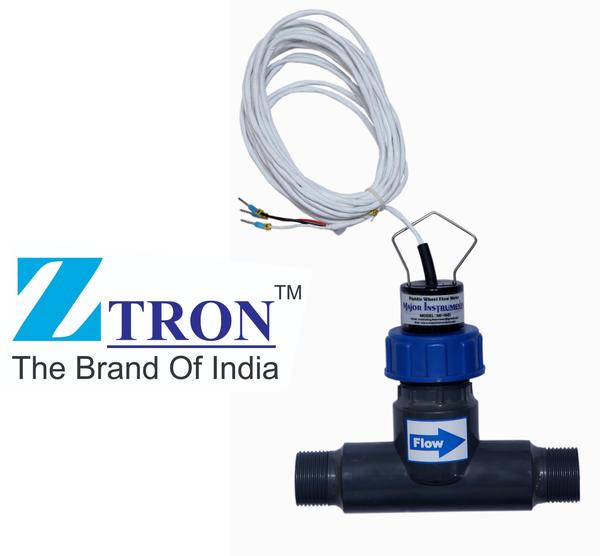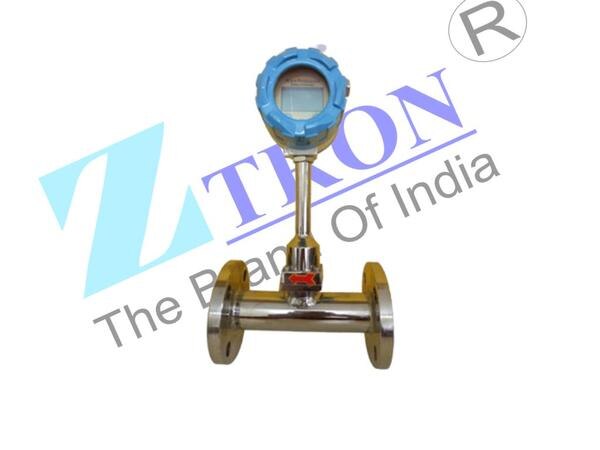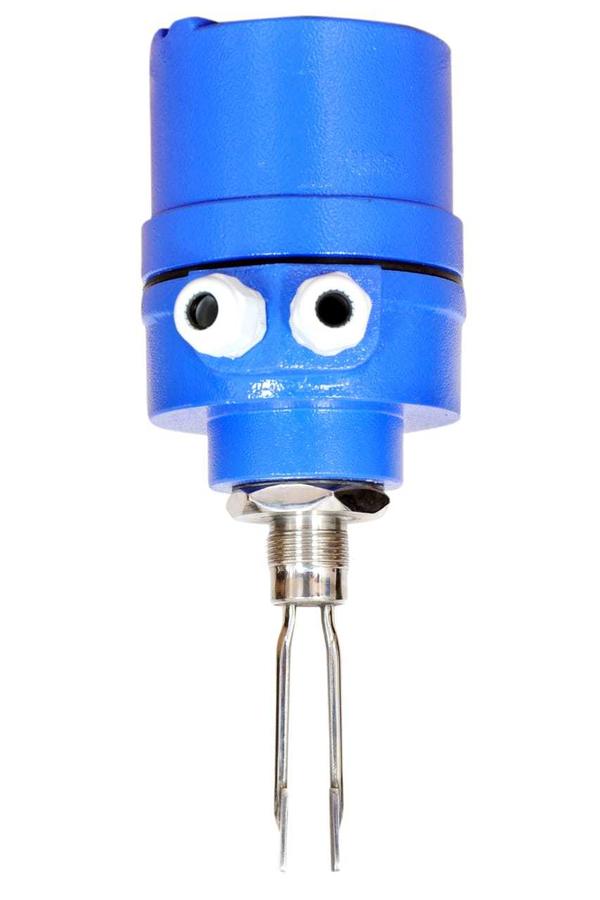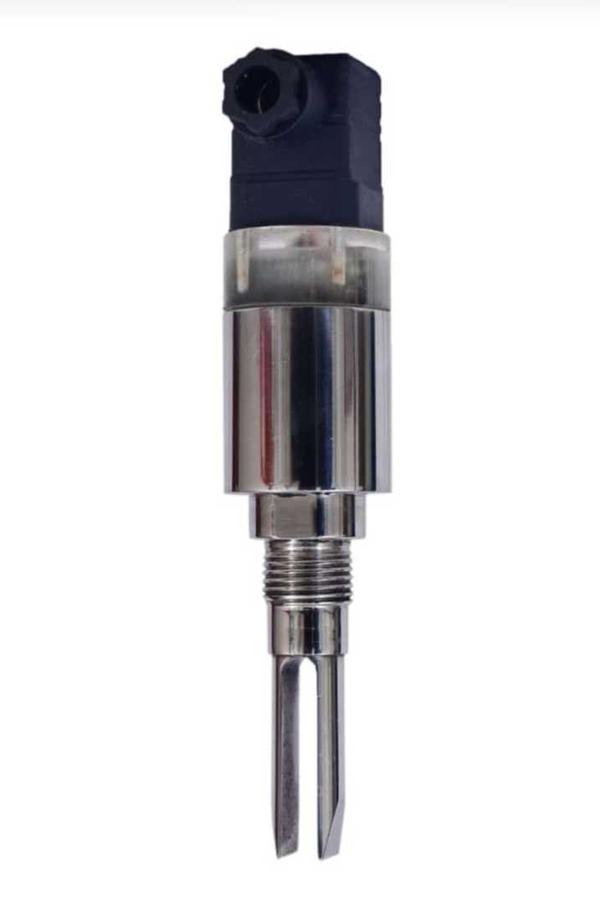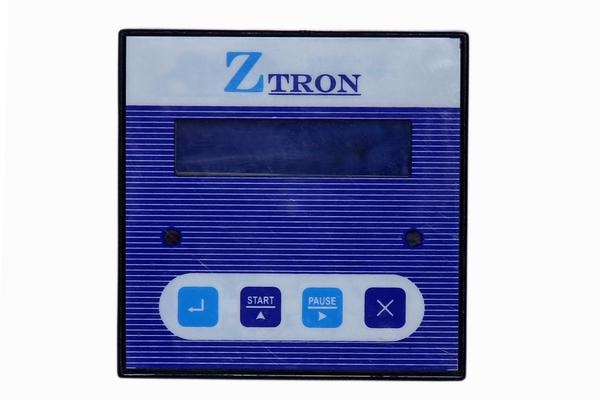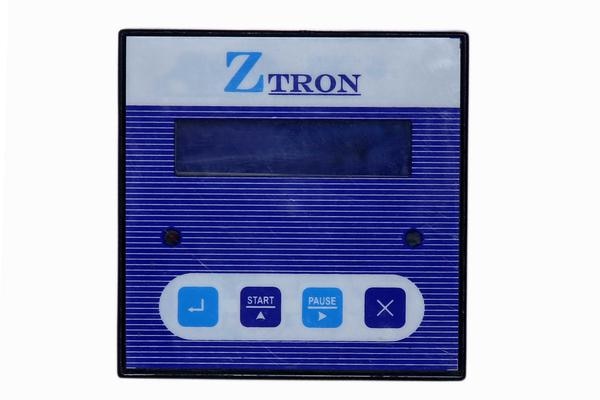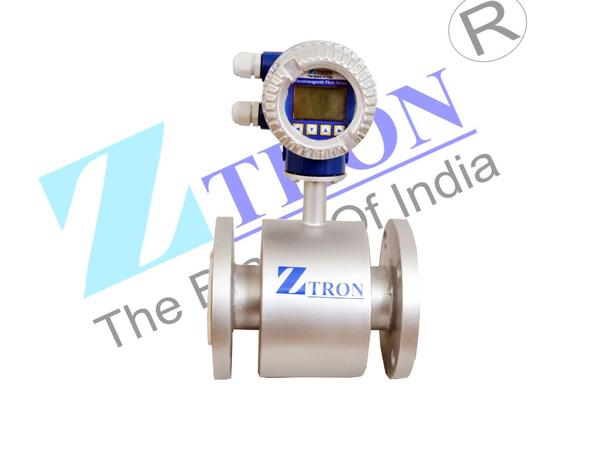
INR 25980

INR 17000

INR 8500
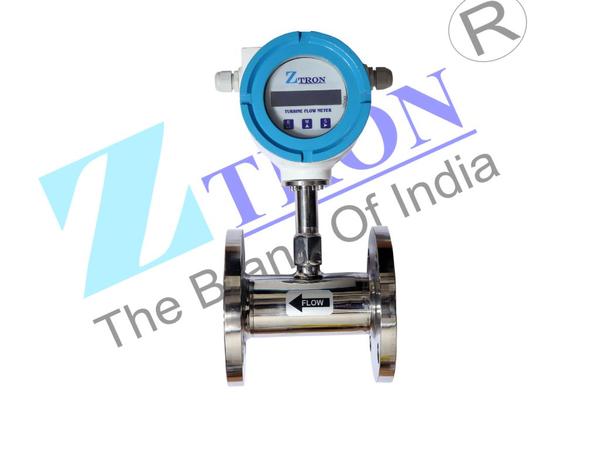
INR 15800
Hydrostatic Pressure Level Transmitter Manufacture |Hydrostatic Pressure Level Transmitter |Level Measurement Manufacturer in Ahmedabad |Level Measurement |ZTRON |MAJOR INSTRUMENTS |Paddle Wheel flow sensor |Electromagnetic Flow Meter Manufacturers in India |Electromagnetic Flow Meter Manufacturers in Ahmeda |Electromagnetic Flow Meter Manufacturers in Bangal |Electromagnetic Flow Meter Manufacturers in Chenna |Electromagnetic Flow Meter Manufacturers in Delhi |Electromagnetic Flow Meter Manufacturers in Hydera |Electromagnetic Flow Meter Manufacturers in Kolkat |Electromagnetic Flow Meter Manufacturers in Mumbai |Electromagnetic Flow Meter Manufacturers in Pune |Electromagnetic Flow Meter Manufacturers in Chandi |Electromagnetic Flow Meter Manufacturers in Coimba |Electromagnetic Flow Meter Manufacturers in Ernaku |Electromagnetic Flow Meter Manufacturers in Goa |Electromagnetic Flow Meter Manufacturers in Indore |Electromagnetic Flow Meter Manufacturers in Jaipur |Electromagnetic Flow Meter Manufacturers in Mysore |Electromagnetic Flow Meter Manufacturers in Luckno |Electromagnetic Flow Meter Manufacturers in Trichy |Electromagnetic Flow Meter Manufacturers in Ranchi |Electromagnetic Flow Meter Manufacturers in Bharuc |Electromagnetic Flow Meter Manufacturers in Rajkot |Electromagnetic Flow Meter Manufacturers in Bidar |Electromagnetic Flow Meter Manufacturers in Bilasp |Electromagnetic Flow Meter Manufacturers in Cuttac |Electromagnetic Flow Meter Manufacturers in Ajmer |Electromagnetic Flow Meter Manufacturers in Kanpur |Electromagnetic Flow Meter Manufacturers in Bhuj |Electromagnetic Flow Meter Manufacturers in Akola |Electromagnetic Flow Meter Manufacturers in Chandr |Electromagnetic Flow Meter Manufacturers in Bareil |Electromagnetic Flow Meter Manufacturers in Boudh |Paddle Wheel flow sensor Manufacturers in India |Paddle Wheel flow sensor Manufacturers in Ahmedaba |Paddle Wheel flow sensor Manufacturers in Bangalor |Paddle Wheel flow sensor Manufacturers in Chennai |Paddle Wheel flow sensor Manufacturers in Delhi |Paddle Wheel flow sensor Manufacturers in Hyderaba |Paddle Wheel flow sensor Manufacturers in Kolkata |Paddle Wheel flow sensor Manufacturers in Mumbai |Paddle Wheel flow sensor Manufacturers in Pune |Paddle Wheel flow sensor Manufacturers in Chandiga |Paddle Wheel flow sensor Manufacturers in Coimbato |Paddle Wheel flow sensor Manufacturers in Ernakula |Paddle Wheel flow sensor Manufacturers in Goa |Paddle Wheel flow sensor Manufacturers in Indore |Paddle Wheel flow sensor Manufacturers in Jaipur |Paddle Wheel flow sensor Manufacturers in Mysore |Paddle Wheel flow sensor Manufacturers in Lucknow |Paddle Wheel flow sensor Manufacturers in Trichy |Paddle Wheel flow sensor Manufacturers in Ranchi |Paddle Wheel flow sensor Manufacturers in Bharuch |Paddle Wheel flow sensor Manufacturers in Rajkot |Paddle Wheel flow sensor Manufacturers in Bidar |Paddle Wheel flow sensor Manufacturers in Bilaspur |Paddle Wheel flow sensor Manufacturers in Cuttack |Paddle Wheel flow sensor Manufacturers in Ajmer |Paddle Wheel flow sensor Manufacturers in Kanpur |Paddle Wheel flow sensor Manufacturers in Bhuj |Paddle Wheel flow sensor Manufacturers in Akola |Paddle Wheel flow sensor Manufacturers in Chandrap |Paddle Wheel flow sensor Manufacturers in Bareilly |Paddle Wheel flow sensor Manufacturers in Boudh |Digital Ph Meter Manufacturer in Ahmedabad |Digital Ph Meter |Digital Ph Meter Manufacturer |FLOW TOTALIZER |Online Ph Meter Manudacturer |ma |Flow totalizer |Capacitance Level Transmitter in Ahmedabad |Capacitance Level Transmitter |MAJOR INSTRUMENTS Ahmedabad |Compact vibrating fork level switch |Flow Totalizer Cum Indicator in Ahmedabad |A flow totalizer cum indicator is a device used to |Here are the key features and functions of a flow |Flow Indicator: |Displays the real-time flow rate of the fluid as i |Totalizer: |Accumulates the total volume or mass of the fluid |User Interface: |Flow Totalizer Cum Indicator |Paddle Wheel flow sensor with ABS t fitting |Level Switches manufacturer in Ahmedabad |Level Switches |Miniature vibrating fork level switch |RF Admittance Level Sensor manufacturer in Ahmedab |RF Admittance Level Sensor |Liquid Vibrating Fork Level Switch |Vortex Flow Meter Manufacturer in AHmedabad |Vortex Flow Meter Manufacturer |Ventilator Flow Sensors |Oil Flow Meter Manufacturer |Oil Flow Meter Manufacturer in Ahmedabad |Digital Oil Flow Meter |Furnace Oil Flow Meter |Solvent Flow Meter |DM Water Flow Meter |Oil Flow Meter Manufacturers in India |Oil Flow Meter Manufacturers in Ahmedabad |Oil Flow Meter Manufacturers in Bangalore |Oil Flow Meter Manufacturers in Chennai |Oil Flow Meter Manufacturers in Delhi |Oil Flow Meter Manufacturers in Hyderabad |Oil Flow Meter Manufacturers in Kolkata |Oil Flow Meter Manufacturers in Mumbai |Oil Flow Meter Manufacturers in Pune |Oil Flow Meter Manufacturers in Chandigarh |Oil Flow Meter Manufacturers in Coimbatore |Oil Flow Meter Manufacturers in Ernakulam |Oil Flow Meter Manufacturers in Goa |Oil Flow Meter Manufacturers in Indore |Oil Flow Meter Manufacturers in Jaipur |Oil Flow Meter Manufacturers in Mysore |Oil Flow Meter Manufacturers in Lucknow |Oil Flow Meter Manufacturers in Trichy |Oil Flow Meter Manufacturers in Ranchi |Oil Flow Meter Manufacturers in Bharuch |Oil Flow Meter Manufacturers in Rajkot |Oil Flow Meter Manufacturers in Bidar |Oil Flow Meter Manufacturers in Bilaspur-Chhattisg |Oil Flow Meter Manufacturers in Cuttack |Oil Flow Meter Manufacturers in Ajmer |Oil Flow Meter Manufacturers in Kanpur |Oil Flow Meter Manufacturers in Bhuj |Oil Flow Meter Manufacturers in Akola |Oil Flow Meter Manufacturers in Chandrapur |Oil Flow Meter Manufacturers in Bareilly |Oil Flow Meter Manufacturers in Boudh |Instrumentation & Process Controls in Ahmedabad |Rotating Paddle Level Switch Manufacturers in Indi |Rotating Paddle Level Switch Manufacturers in Ahme |Rotating Paddle Level Switch Manufacturers in Bang |Rotating Paddle Level Switch Manufacturers in Chen |Rotating Paddle Level Switch Manufacturers in Delh |Rotating Paddle Level Switch Manufacturers in Hyde |Rotating Paddle Level Switch Manufacturers in Kolk |Rotating Paddle Level Switch Manufacturers in Mumb |Rotating Paddle Level Switch Manufacturers in Pune |Rotating Paddle Level Switch Manufacturers in Chan |Rotating Paddle Level Switch Manufacturers in Coim |Rotating Paddle Level Switch Manufacturers in Erna |Rotating Paddle Level Switch Manufacturers in Goa |Rotating Paddle Level Switch Manufacturers in Indo |Rotating Paddle Level Switch Manufacturers in Jaip |Rotating Paddle Level Switch Manufacturers in Myso |Rotating Paddle Level Switch Manufacturers in Luck |Rotating Paddle Level Switch Manufacturers in Tric |Rotating Paddle Level Switch Manufacturers in Ranc |Rotating Paddle Level Switch Manufacturers in Bhar |Rotating Paddle Level Switch Manufacturers in Rajk |Rotating Paddle Level Switch Manufacturers in Bida |Rotating Paddle Level Switch Manufacturers in Bila |Rotating Paddle Level Switch Manufacturers in Cutt |Rotating Paddle Level Switch Manufacturers in Ajme |Rotating Paddle Level Switch Manufacturers in Kanp |Rotating Paddle Level Switch Manufacturers in Bhuj |Rotating Paddle Level Switch Manufacturers in Akol |Rotating Paddle Level Switch Manufacturers in Bare |Rotating Paddle Level Switch Manufacturers in Boud |Paddle Flow Sensor Manufacturer in Ahmedabad |Paddle Flow Sensor |paddle wheel flow meter |Borewell Flow Meter, Chemical Flow Meter



